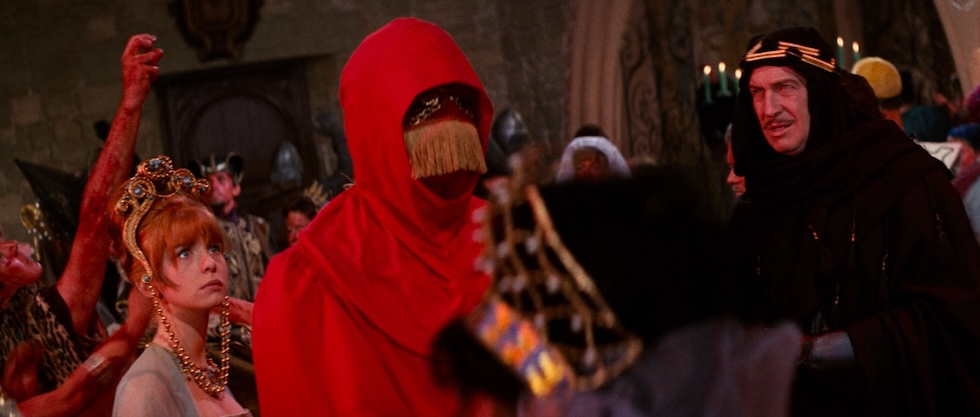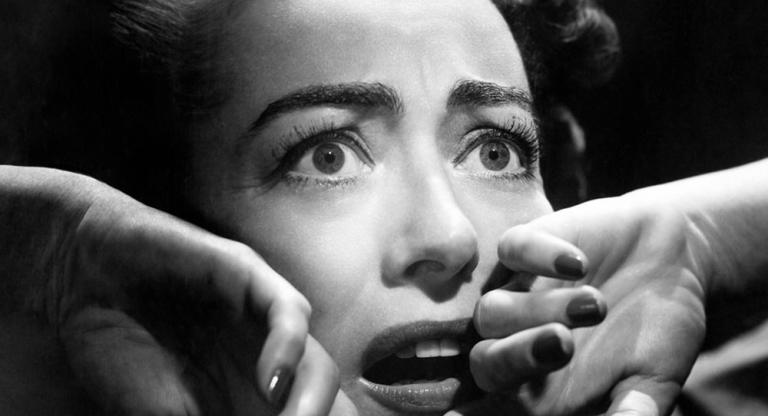In the opening of Roger Corman’s The Masque of the Red Death (1964), an old woman comes upon a figure shrouded in red on the outskirts of the Medieval village of Catania, Italy. The figure holds the Tarot of Marseille in his hand with the Death card on the top of the deck. In this deck, which dates to the 17th century and is among the oldest iterations of the Tarot (although it is anachronistic in the film), the Death card depicts the grim reaper harvesting a crop of severed heads, hands, and feet. Though the card’s divinatory meaning is not so literal, its symbolism is thought to reference the Black Death, the bubonic plague that decimated nearly half of Europe’s population in the 14th century. It is one of the most democratic images in the Tarot, for in the soil are the rotting body parts of royalty and commoners alike. Death, it implies, comes for all.
Corman’s film swaps the historical Black Death for the fictional Red Death, which causes bleeding from the pores and turns its victims crimson. The sadistic, devil-worshiping Prince Prospero (Vincent Price) discovers the ghastly illness in Catania when he visits the villagers and finds the woman who encountered the red figure oozing blood. Prospero orders that Catania be burned and abducts Francesca (Jane Asher), a beautiful village girl, her father (Nigel Green), and her lover, Gino (David Weston). Then, he brings them to his castle, where he also shelters neighboring noblemen hoping they can wait out the plague in style. Prospero and his friends feast, dance, and play vile tricks on each other. When the prince encounters the red figure from earlier during a debauched masquerade ball, he believes he’s a messenger of Satan who has come to reward him for his devotion. Instead, it’s the Red Death bringing his demise and that of his aristocratic guests.
The Masque of the Red Death is the seventh of Corman’s eight Edgar Allen Poe adaptations. The script, which saw numerous iterations, including versions by Charles Beaumont, Robert Towne, and actress Barboura Morris, is based on Poe’s work of the same title with narrative elements incorporated from his story “Hop-Frog” as well. The film is Corman at his most visually sumptuous. It was shot by Nicolas Roeg in rich technicolor and borrowed its intricate castle sets from Peter Glenville’s historical drama, Becket, which wrapped earlier in 1964. The film also boasts stylish modern dance sequences and a surreal, demonic dream ballet that occurs after Prospero’s spurned mistress sells her soul to the devil. At the film’s end, the red figure returns to the outskirts of the ruined village, joined by figures clothed in other colors—a murder’s row of pestilence. They innumerate the lives they’ve taken. “I called many,” the red figure tells them. “Peasant and Prince.” The Death card writ large.
The Masque of the Red Death screens on 35mm, Tuesday, October 29, at the Alamo Drafthouse New Mission.





